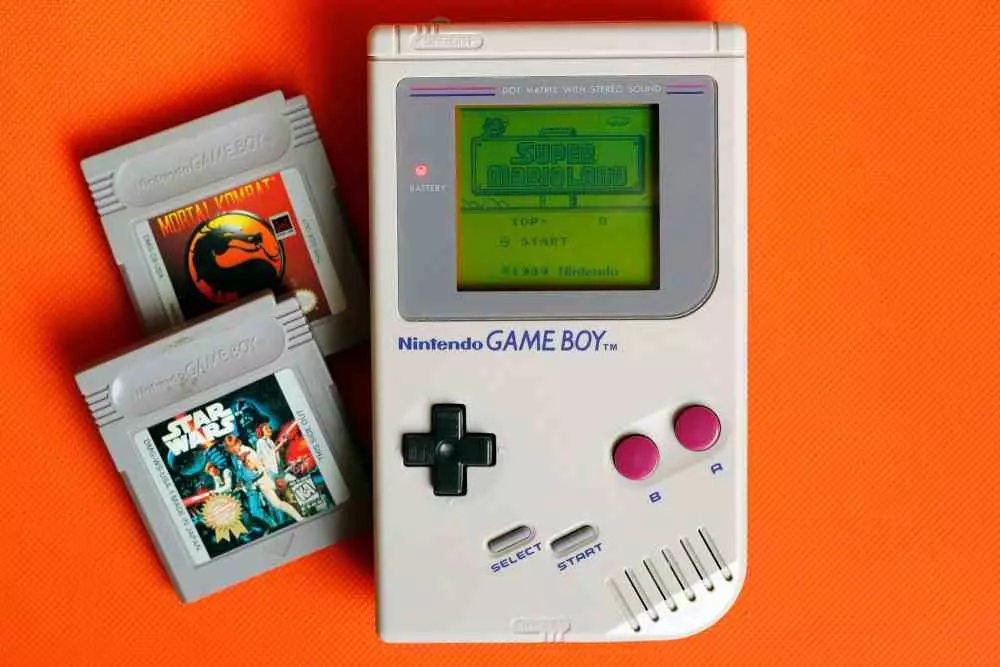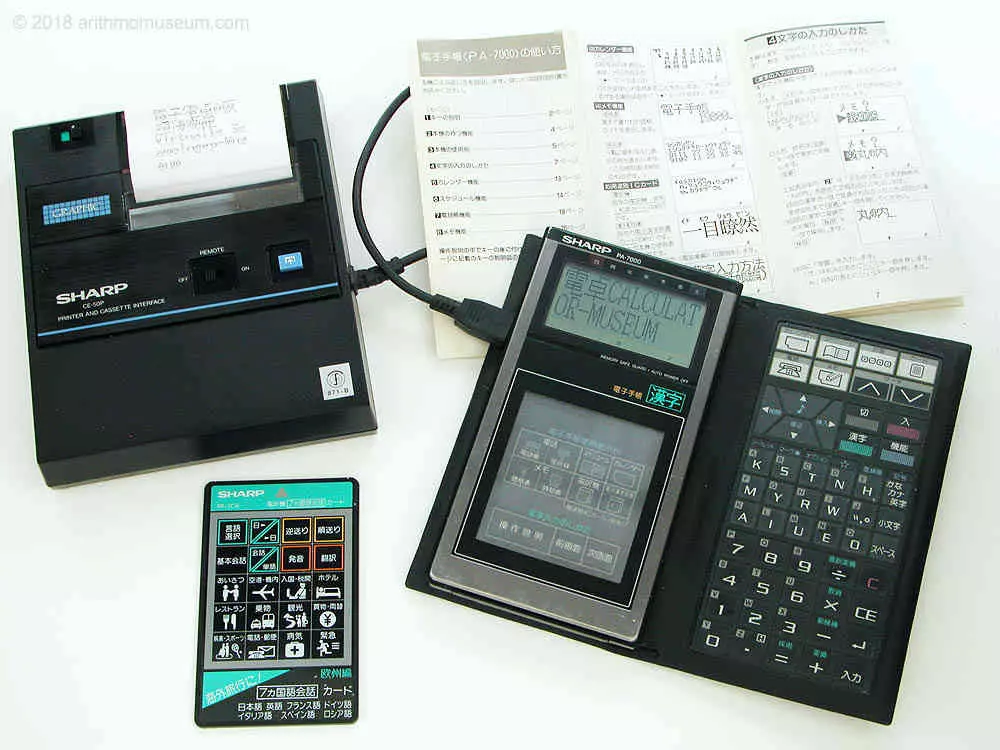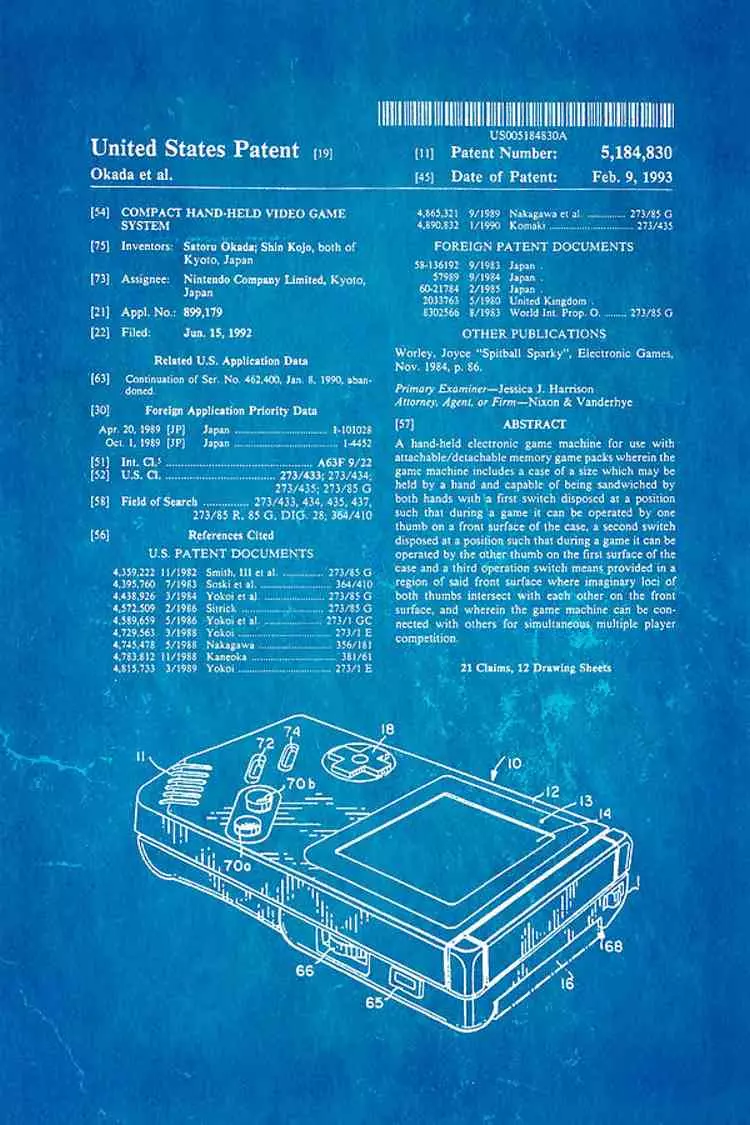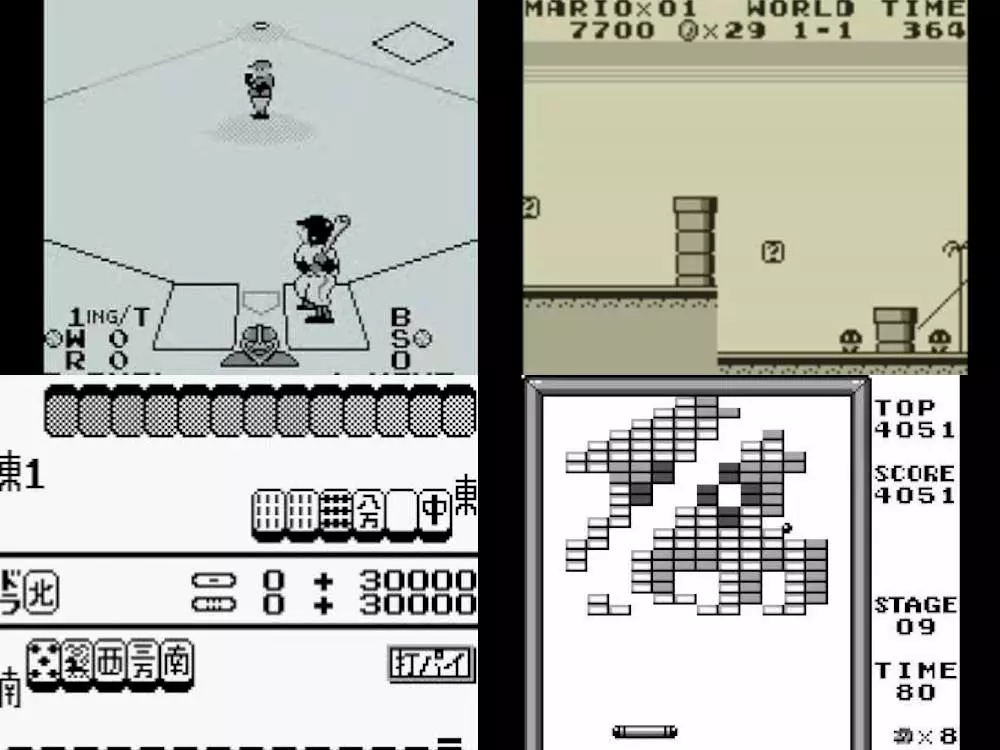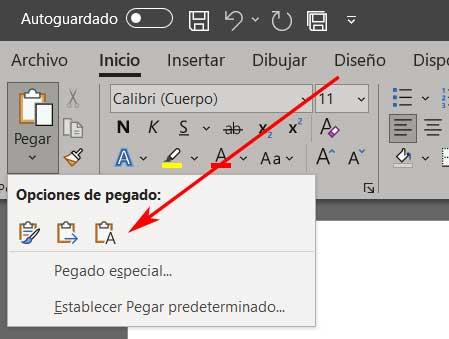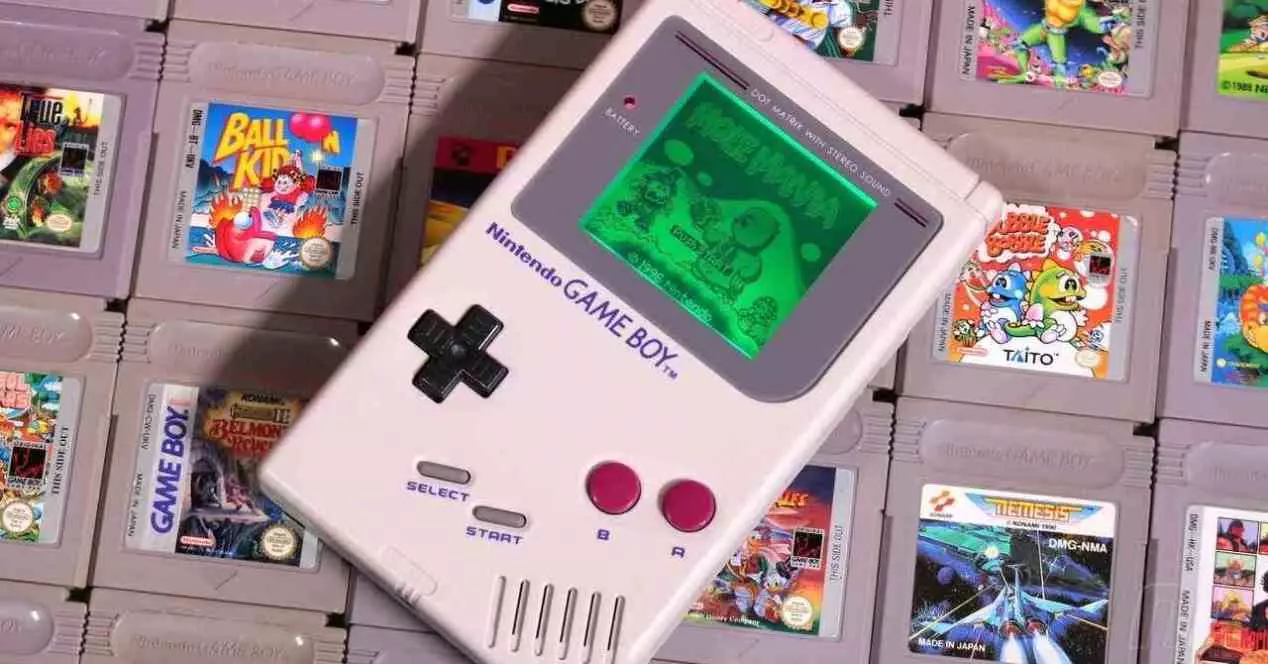
Nowadays we all have a mobile phone that does almost everything, but for those of us who lived in the early 90s, the two fashionable gadgets were the SONY Walkman and the Nintendo Game Boyoday both competed to see which was the one that occupied the space in the pocket of our pants. And it is that being able to play anywhere became an immediate revolution for those of us who could only do it from home and glued to the television.
The Game Boy was going to have a color screen
If there is something that we all remember from the original Game Boy, it is its monochrome LCD screen, without colors and without backlighting. which allowed Nintendo to decrease the number of subpixels to just one instead of three and reduce their consumption compared to the competition. Thus, we could spend dozens of hours playing with a pack of four batteries with the original model or two batteries with the more compact and smaller Pocket model.
The idea of the Game Boy was born from the concept of making a portable version of the Famicom, the Japanese name for the legendary 8-bit NES. For this, a console with a color screen designed by Citizen was designed. At the time, the chip maker for Nintendo was Ricoh, but Hiroshi Yamauchi didn’t want this to affect the development of the Super Famicom, so he opted to go with Sharp for the Game Boy’s chip design. This was the first point of difference with the NES, which would stop using a clone of the 6502 to adopt a CPU based on the Intel 8080.
In 1988, just a year before the release of the console, Sharp had released a display-based PDA called the PA-7000, which made use of a dot-matrix display and processor, so it was more advanced than a conventional calculator… Nintendo in the end opted for this screen in its final design and discarded Citizen’s, who offered it to SEGA that would use it in its Game Gear that would be launched a couple of years later, which It would stand out precisely for having a color screen.
The true father of the Game Boy
In many places you will read that Gunpei Yokoi was the creator of the first model of the Game Boy, which is false, since his assistants were Satoru Okada and Shin Kojo. Information that is confirmed in the patent of the original model. As can be seen in the following image:
However, Yokoi was indeed the creator of the Game & Watch and its original concept had to derive from them. That is, gaming machines with a single game that could not be exchanged. Of course, the situation was not the same and given that Nintendo was making a lot of money selling games for the NES, both its own and from third-party royalties, in the end the winning proposal was Okada over Yokoi’s.
What was the concept of Gunpei Yokoi?
In its original conception, Yokoi also did not want to implement the famous link cable, which allowed two consoles to be connected to play. His idea as a successor to the Game & Watch was to use dot matrix screens instead of fixed graphics with a segment decoder. Which he had used so far. That is why the code of the Game Boy games began with DMG, which corresponds to Dot Matrix Game. Yokoi’s idea was to sell his concept to the senior market so that they could play quick games, as is the case with mobile games today.
Not surprisingly, the first two games he created for the Game Boy release in Japan were an Arkanoid clone called Alleway and a Mahjong game. Instead, the Okada studio made something more complex, a reduced version of Super Mario Bros and a game of Baseball, a very popular sport in Japan. As you can see, there were two concepts facing each other and two ways of understanding what the Nintendo machine was going to do, so the story could have been very different.
